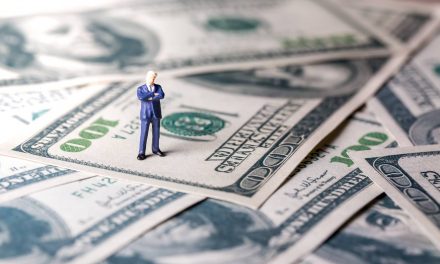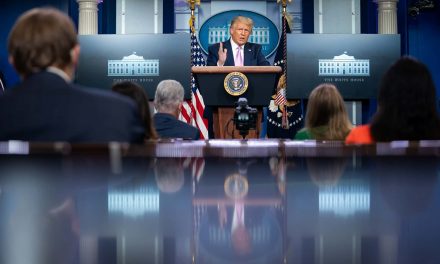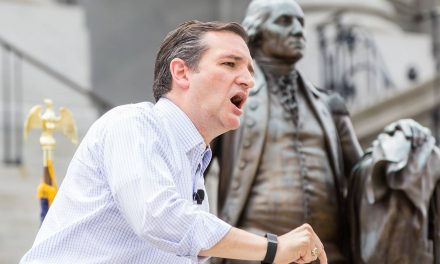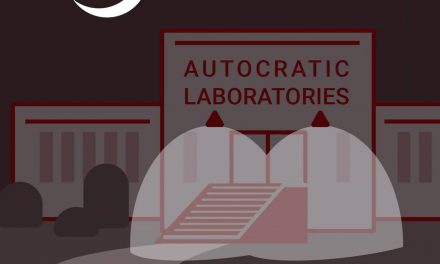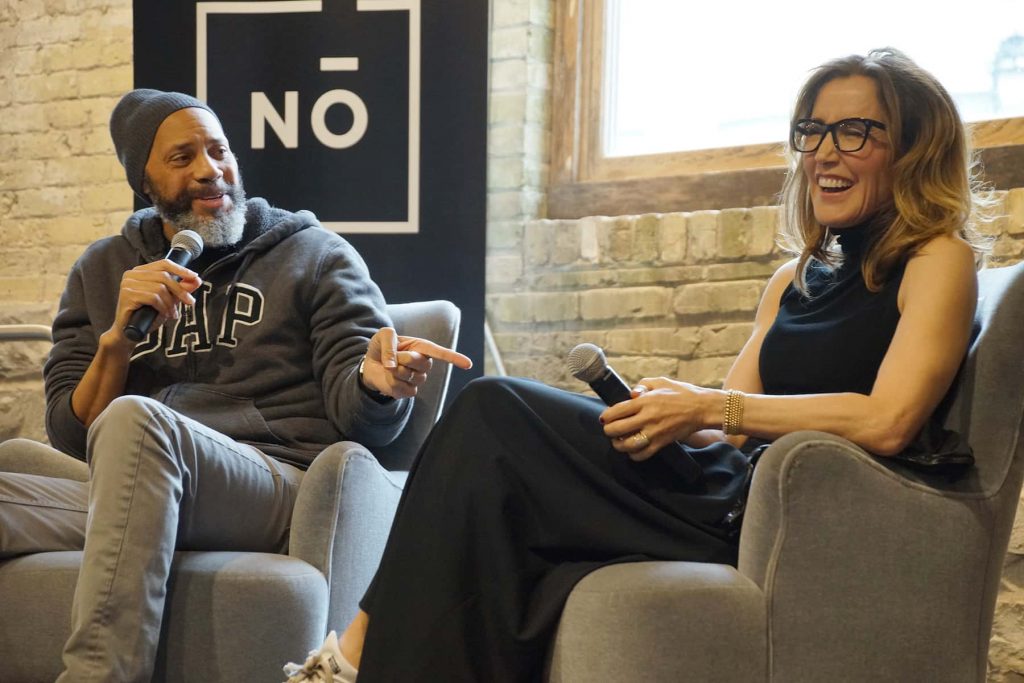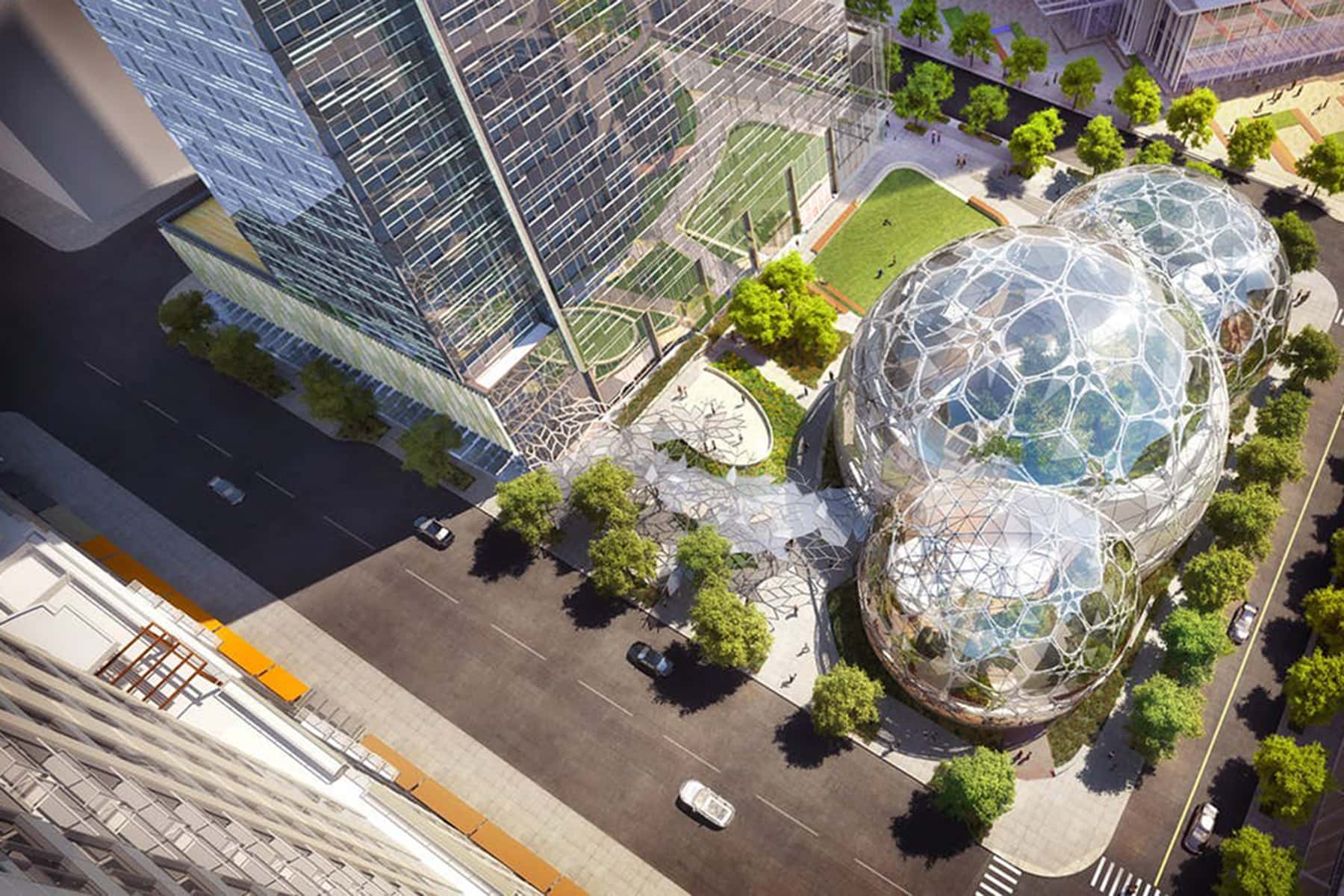
Tomorrow’s technologies are flocking to hubs of innovation on the east and west coasts, while everyone else is left being left behind.
Amazon has decided that its much-vaunted “second headquarters” will be split between Long Island City in Queens, and Crystal City, across the Potomac from Washington DC.
Amazon’s decision coincides with America’s political tumult. Its main headquarters is in Seattle, one of the most liberal cities in the most liberal of states. Its picks – New York and metropolitan Washington – are liberal, too.
Amazon could easily have decided to locate its second headquarters in Indianapolis, Indiana. After all, Indianapolis was one of the finalists in Amazon’s search for a second headquarters, and the city vigorously courted the firm. Not incidentally, Indianapolis is a Republican city in a bright red Republican state.
Amazon’s decision wasn’t based on political partisanship, but it does expose the real political and economic divide in America today.
Take a closer look at Amazon’s business and you see it’s not just a big retail operation selling stuff over the internet. Its real business is to get consumers anything they want, faster and better than anyone else can. To accomplish this, Amazon depends on a continuous flow of great new ideas that reveal what people want, how they consume and the most efficient ways of connecting them to the objects of their desire.
In other words, like the other leading firms of the world economy, Amazon produces and acts on new ideas rather than standardized products or services. And the best way to generate new ideas is to get talented people to interact with each other continuously and directly – keying off one another’s creativity, testing new concepts, quickly discarding those that don’t work, and building cumulative knowledge.
Technology isn’t a thing. It’s a process of group learning. And that learning goes way beyond the confines of any individual company, like Amazon. It now happens in geographic clusters. In America, those clusters are now mostly along the east and west coasts – in places like Seattle, New York, metropolitan Washington, Boston and Los Angeles. Indianapolis may be a nice place to live, but it doesn’t have nearly as big a cluster of talent as do these others.
The result is widening inequalities of place. Increasingly, bright young people from all over America, typically with college degrees, are streaming into these places, where the sum of their individual capacities for invention is far greater than they’d be separately.
The ideas sparked there are delivering streams of new designs and products to the rest of the world. In return, the money pouring into these places from the rest of the world is delivering high wages, good living conditions (museums, restaurants, cafes, recreation) and unbounded wealth.
Yes, corporate rents and housing costs are soaring, as are the costs of sending kids to school (even many “public” schools are in effect private ones because nobody but the rich can afford to live in the school district). But the incomes and profits generated in these places more than make up for it. Which is largely why Amazon chose New York and metro Washington despite their high costs.
As money pours into these places, so do service jobs that cater to the new wealth – pricey lawyers, wealth managers and management consultants, as well as cooks, baristas and pilates instructors. Between 2010 and 2017, according to Brookings, nearly half of America’s employment growth centered in just 20 large metro areas that are now home to about a third of the US population.
Relative to these booming mega-cities, America’s heartland is becoming older, less educated and poorer. The so-called “tribal” divide in American politics, which Trump has exploited, is better understood in these economic and cultural terms: on one side, mega-urban clusters centered around technologies of the future; on the other, great expanses of relatively open space inhabited by people left behind.
Another consequence is a more distorted democracy. California (now inhabited by 39.54 million) and New York (19.85 million) each get two senators, as do Wyoming (573,000) and North Dakota (672,591). Even though Democratic Senate candidates in the midterm elections received 12m more votes than Republican Senate candidates, Republicans still gained at least one more Senate seat.
The biggest talent centers – like San Francisco, Seattle and Washington – also harbor large and growing populations of poor who have been stranded by the turbo-charged gentrification. These gleaming cities are becoming the most Dickensian locales in America, where homelessness and squalor mix with luxury high-rises and tony restaurants.
So as the American middle class disappears, the two groups falling perilously behind are white, rural, non-college Trump supporters, and the very poor inside America’s trendiest mega-urban centers, who are disproportionately black and Latino. Amazon doesn’t know or care. That responsibility falls on the rest of the nation.
Robert Reich
Robert Reich’s latest book is The Common Good, and his latest documentary, now on Netflix, is Saving Capitalism.
NBBJ
Originally published on The Guardian as What Amazon HQ2 tells us about America’s great divide
Help deliver the independent journalism that the world needs, make a contribution of support to The Guardian.

